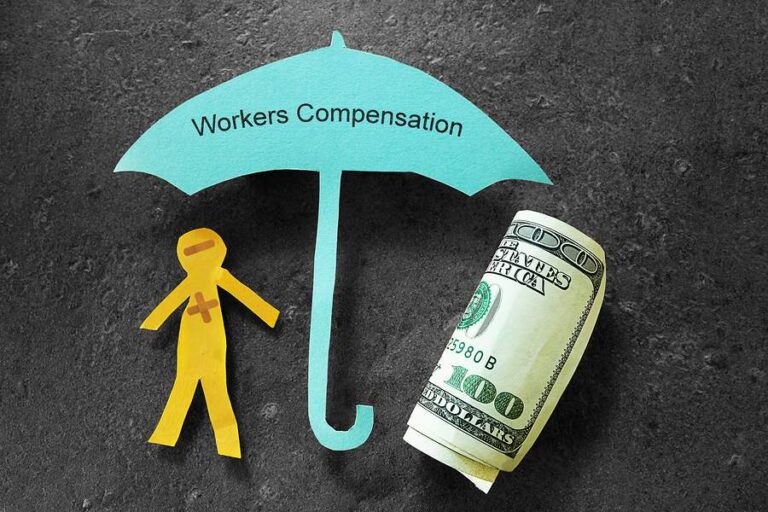Legal compliance in employment is a vital responsibility for every organization, according to Charles Spinelli. It ensures that businesses operate within the boundaries of law while safeguarding the rights of employees. Failure to comply can lead to penalties, lawsuits, and damage to reputation. A structured approach to compliance is therefore essential for sustainable growth.
Employment compliance covers many areas. These include recruitment, workplace conditions, wages, safety, and termination. Each area is regulated by national labour laws, industrial acts, and international conventions. Organizations must stay updated with these evolving regulations to avoid risks.
Compliance begins at the hiring stage. Employers must follow rules related to equal opportunity, non-discrimination, and fair selection. Every candidate should receive fair treatment regardless of gender, caste, religion, or background. Job advertisements must also avoid discriminatory language. By ensuring transparency in recruitment, companies create a culture of trust.
Once employees are hired, attention shifts to workplace rights. Businesses must provide safe and healthy working environments. This includes proper equipment, safety measures, and policies against harassment. Many countries mandate regular safety audits and compliance reports. Ignoring these can invite severe penalties.
Wage compliance is another critical area. Governments specify minimum wages, overtime pay, and working hours. Employers must pay salaries on time and maintain accurate payroll records. Any delay or manipulation of wages violates employee rights and can lead to disputes. For multinational companies, it is important to align with both domestic and international labour standards.
Compliance also extends to social security and benefits. Employees are entitled to provident funds, medical insurance, and retirement benefits. Regular contributions to such funds are legally binding. Non-compliance not only harms employees but also results in financial and legal consequences for organizations.
Termination of employment must also follow due process. Arbitrary dismissal without valid reasons can lead to wrongful termination cases, as per Charles Spinelli. Employers should maintain proper documentation and provide notice periods as per legal requirements. Restructuring or layoffs must also adhere to labour laws to prevent litigation.
A well-structured compliance framework provides organizations with clarity and control. It reduces risks, promotes fairness, and enhances employee trust. Businesses can achieve this through compliance audits, training sessions, and updated policy manuals.
Key Areas of Employment Compliance
- Recruitment and Selection
Employers must ensure equal opportunity during hiring. Job postings must be free from bias, and interview procedures should be transparent. Background checks should follow privacy laws.
- Workplace Safety and Health
Providing a safe workplace is a legal and moral duty. Safety equipment, fire measures, and emergency training are required. Compliance also includes addressing workplace harassment and ensuring employee well-being.
- Wages and Working Hours
Adherence to minimum wage laws is mandatory. Employers must maintain proper attendance and overtime records. Regular and timely salary payments strengthen employee confidence and reduce disputes.
- Employee Benefits and Security
Contributions to provident funds, medical insurance, and pensions are legal obligations. Clear communication of these benefits helps employees understand their rights.
- Termination and Exit Process
Dismissing employees without due cause can result in lawsuits. Employers must issue written notices and settlement dues as per the law. Respectful exit procedures maintain goodwill.
Why Compliance Matters
Legal compliance is not only about avoiding fines. It strengthens organizational culture. Employees feel respected when their rights are protected. Investors and clients also trust companies that maintain strong compliance records. In a global economy, compliance adds credibility and competitiveness.
Employment compliance is a continuous process, as per Charles Spinelli. Laws evolve with social and economic changes. Organizations must invest in legal expertise, regular training, and updated systems. Non-compliance can result in reputation loss that far outweighs financial penalties.
By embracing compliance, businesses protect themselves and empower their workforce. A lawful and fair environment is the foundation of long-term success.


